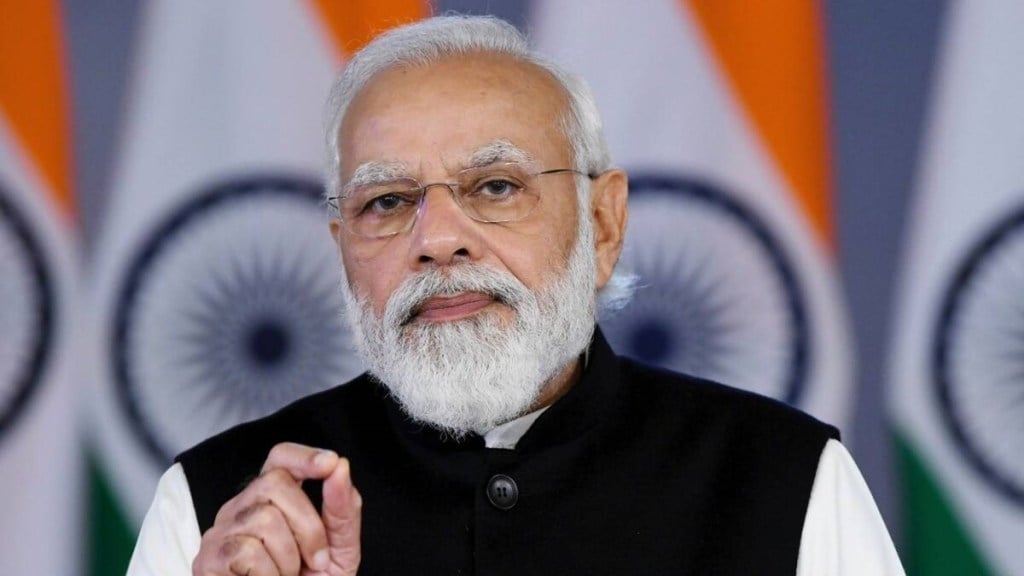Prime Minister Narendra Modi will likely meet the chief secretaries of states in the first week of January, the second such session in about six months, to fine-tune Budget proposals for 2023–24 with a focus on inclusive growth and jobs, sources told FE.
Modi will attend the conference for two days to get suggestions on measures needed for the MSME sector, education, agriculture and urban governance, among others, sources said. Various sectoral groups are developing broad themes for the conference, which is tentatively scheduled for January 5-7 here.
Sources indicated that the meeting, which was to be held in late 2023, has been advanced in view of the spate of assembly elections next year ahead of the general elections in early 2024.
In June, Modi chaired the first national conference of chief secretaries in Dharamshala to chart a common development agenda for higher economic growth.
The agenda for discussion would be broadly in line with taking forward the government’s mission of making India a developed nation by 2047, the 100th year of Independence. All new ideas and actionable points from the conference will be taken forward, incubated and institutionalised.
Also read: Mauritian or Portuguese themed homes – What is your choice?
Implementation of the National Education Policy (NEP), urban governance and crop diversification and achieving self-sufficiency in oilseeds, pulses and other agri-commodities will be deliberated upon.
To attract investment in the country, the Centre will likely stress on connectivity projects under the PM-Gatishakti master plan. It will also most likely emphasise the importance of improving the use of technology in all government schemes and programmes, as well as creating interoperability between the Centre’s and states’ datasets. Steps being taken by the states to improve municipal finances will also be deliberated.
Also read: How are companies taking care of healthcare needs of their employees?
India’s aim of achieving a $5 trillion economy by FY27 (delayed by two years due to pandemic) from $3.1 trillion in FY22 requires a compound annual growth rate (CAGR) of a little over 10%, an average trend growth rate seen in the last decade. Five states — Maharashtra, Tamil Nadu, Karnataka, Uttar Pradesh and Gujarat constituted approximately 40% of the country’s nominal GDP in FY22 — and would play a key role in national goal achievement.
A conservative 7-7.5% real economic growth can make India an upper-middle-income country by 2047, but the growth rate needs to accelerate to 8-8.5% to make the country a higher-income nation, economic advisory council to the prime minister (EAC-PM) chairman Bibek Debroy had said recently.


